Pricing Strategies for HVAC Businesses: Expert Tips to Maximize Profit
Implementing value-based pricing is the #1 top strategy for HVAC businesses to maximize profit by aligning prices with the perceived value to the customer, thereby enhancing customer satisfaction and increasing profit margins. Setting the right price is crucial for the success of small businesses, particularly in the competitive HVAC industry. The ability to price services and products correctly can significantly impact your bottom line, customer satisfaction, and overall business growth. This guide delves into the expertise of eight seasoned industry professionals who share their most effective pricing strategies designed to help you enhance profits and achieve sustained growth.
Medium-sized HVAC enterprises, those generating between $1 million and $50 million in annual revenue, stand to gain the most from these insights. These companies often face unique challenges, such as balancing competitive pricing with maintaining quality service, managing operational costs, and adapting to market fluctuations. The strategies discussed here address these challenges head-on, providing practical solutions and innovative approaches.
From dynamic pricing models to value-based pricing, each expert offers a distinct perspective and a set of actionable tips tailored to the HVAC industry. Whether you are looking to fine-tune your existing pricing structure or implement a new strategy, this comprehensive guide is designed to equip you with the knowledge and tools necessary to make informed decisions.
Dive in as industry leaders share their tried-and-true pricing tactics, revealing how they have successfully navigated the complexities of pricing in the HVAC sector. By applying these strategies, you can not only maximize your profits but also ensure long-term sustainability and competitiveness in the market.
Click on each corresponding link to jump ahead:
- Understand Your Costs
- Conduct Market Research
- Get Help from a Marketing Agency that Specializes in HVAC
- Implement Value-Based Pricing
- Use Psychological Pricing
- Offer Tiered Pricing
- Monitor and Adjust Prices
- Use Discounts Wisely
- Communicate Pricing Clearly
- Conclusion
If you are interested in getting help from a marketing agency that specializes in HVAC, Contact Profitworks.
1) Understand Your Costs
"Start by calculating all your costs—production, labour, marketing, overhead," says Greg, at BacklightBlog. "This establishes a baseline price that ensures you cover your costs." Including every expense is crucial to avoid underpricing and to maintain long-term sustainability.
To effectively understand your costs, follow these steps:
Detailed Expense Tracking: Keep a meticulous record of all your expenses. This includes direct costs such as materials and labour, as well as indirect costs like utilities, rent, insurance, and administrative expenses. Accurate tracking ensures no cost is overlooked.
Production Costs: Calculate the costs involved in delivering your services. This encompasses the price of materials, equipment maintenance, and any other resources required for service delivery. Knowing your production costs helps in setting a minimum price point that covers these fundamental expenses.
Labour Costs: Factor in the wages of your employees, including technicians, administrative staff, and sales personnel. Don’t forget to include benefits, taxes, and any other labor-related expenses. Labour costs are often one of the largest expenses for HVAC businesses, so accurate calculation is essential.
Marketing Costs: Allocate a portion of your budget to marketing and customer acquisition. This includes online advertising, print media, promotional events, and any other marketing efforts. Understanding these costs helps you determine how much you need to invest to attract and retain customers while remaining profitable.
Overhead Costs: Overhead includes all the general business expenses that are not directly tied to production. This covers utilities, office supplies, software subscriptions, vehicle maintenance, and more. Accurate overhead cost estimation is critical for setting a price that sustains your business operations.
By thoroughly understanding and accounting for all these costs, you can set a baseline price that ensures you cover your expenses and avoid the pitfalls of underpricing. This foundational step not only safeguards your profitability but also supports the long-term sustainability of your HVAC business. Remember, a well-informed pricing strategy starts with a comprehensive understanding of your costs, enabling you to make data-driven decisions that enhance your business's financial health.
2) Conduct Market Research
"Look at your competitors’ pricing," advises Suzanne Murphy, Senior Editor at GrowthScribe. "This helps you understand the market and position your product, whether you're competing on price or value." Suzanne used competitor analysis to successfully launch a new service.
Conducting thorough market research involves several key steps:
Competitive Analysis: Examine the pricing strategies of your competitors. Identify their price points, the range of services they offer, and any unique selling propositions they highlight. Understanding your competitors' pricing structures helps you gauge where your services stand in the market and how you can differentiate yourself.
Customer Preferences: Gather information about what customers value most in HVAC services. This can be done through surveys, reviews, and direct feedback. Knowing what customers prioritize—be it cost, quality, speed, or customer service—allows you to tailor your pricing strategy to meet their expectations.
Market Trends: Stay informed about current market trends and industry standards. This includes keeping an eye on technological advancements, regulatory changes, and economic factors that could influence pricing. Adapting to these trends ensures your pricing remains relevant and competitive.
Value Proposition: Determine whether you want to compete primarily on price or value. If you opt for value-based competition, focus on highlighting the unique benefits and superior service quality you offer. This approach can justify higher prices and attract customers who prioritize quality over cost.
Testing and Feedback: Before finalizing your pricing strategy, consider testing different price points or promotional offers. Gather feedback from customers to see how they respond to various pricing models. This real-world data can provide valuable insights into the most effective pricing strategy for your business.
By conducting comprehensive market research, you gain a deeper understanding of the competitive landscape and customer expectations. This information is crucial for positioning your HVAC services effectively, whether you choose to compete on price or value. As Suzanne Murphy's experience demonstrates, leveraging competitor analysis and market insights can lead to successful product launches and sustained business growth.
3) Get Help from a Marketing Agency that Specializes in HVAC
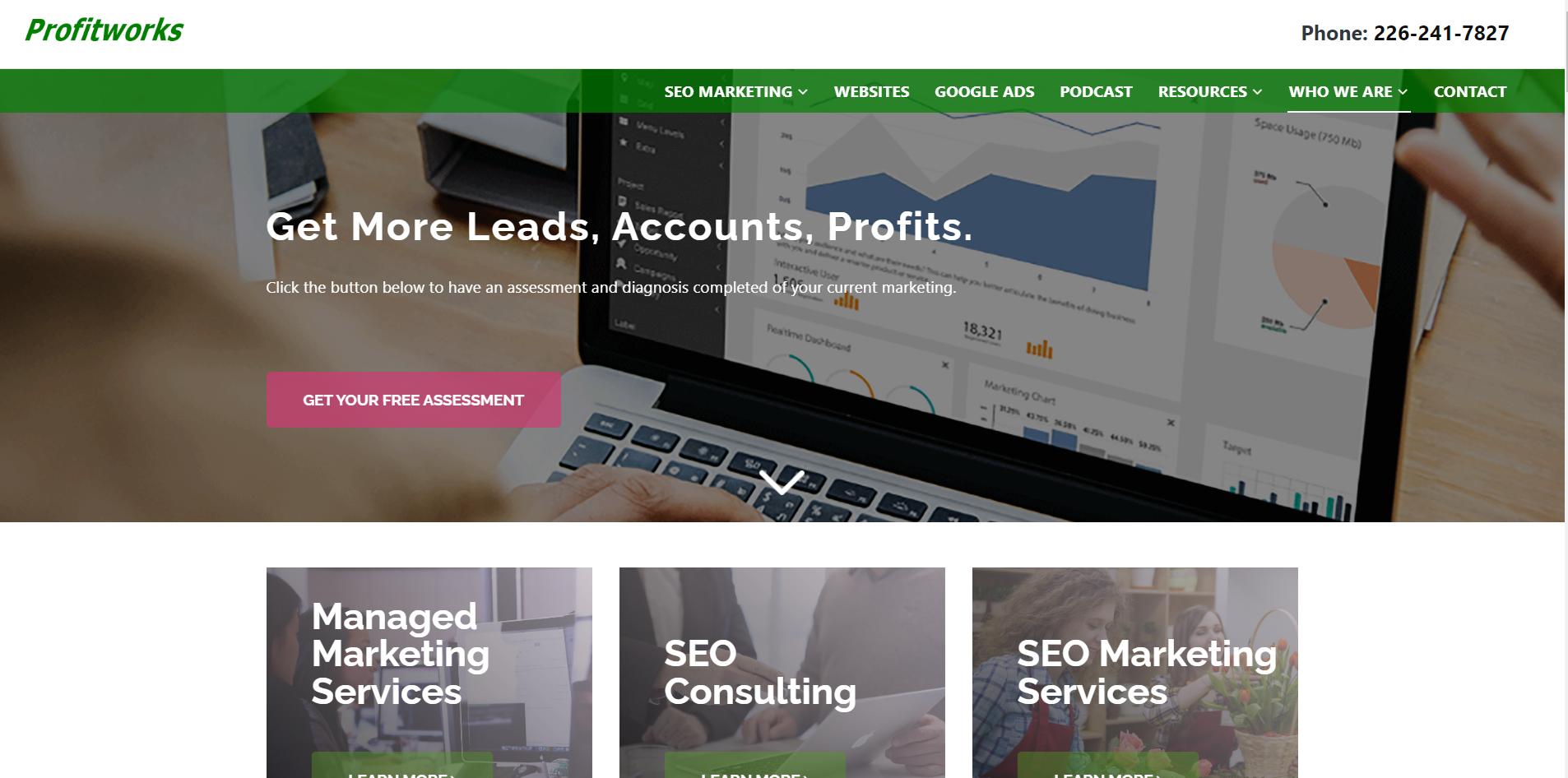
Source: Profitworks
Partnering with a specialized marketing agency in HVAC can offer tailored pricing strategies and industry expertise, optimizing your market presence and profitability. These agencies understand HVAC dynamics deeply, providing data-driven insights and freeing up your time for core operations.
Implementation Steps:
- Research Agencies: Find agencies with proven HVAC experience through case studies and testimonials.
- Define Objectives: Clearly outline business goals for the agency to tailor strategies effectively.
- Collaborate Closely: Work closely with the agency to ensure alignment with your business and market.
- Monitor and Adjust: Regularly review performance and adjust strategies as needed based on results and recommendations.
By leveraging specialized expertise, you can refine pricing strategies, attract customers, and drive sustainable growth effectively.
For more help with all your HVAC marketing needs, Contact Profitworks.
4) Implement Value-Based Pricing
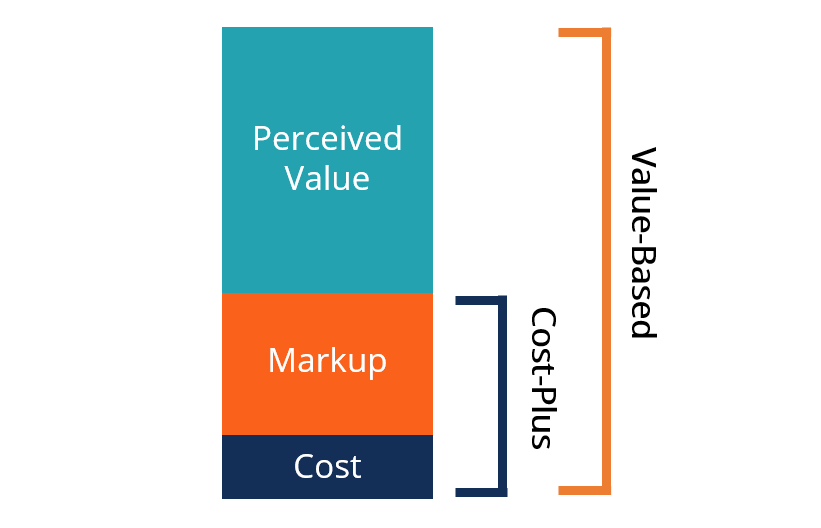
Source: Corporate Finance Institute
"Set prices based on the value to the customer," advises Alex, Inventory Manager at ClimateControl Supplies. "If your product solves a significant problem, you can charge a premium." This approach helped Alex introduce a premium product line effectively.
Implementing value-based pricing involves several key steps to ensure its successful integration into your pricing strategy:
Customer Value Analysis: Conduct a thorough analysis to understand the specific needs, preferences, and pain points of your target customers. Identify the unique value propositions of your products or services that directly address these needs.
Value Proposition Communication: Clearly communicate the benefits and value proposition of your offerings to your customers. Highlight how your HVAC solutions can solve their problems, improve their comfort, and enhance their overall satisfaction.
Competitive Analysis: Evaluate how your competitors are pricing similar products or services and assess their perceived value in the market. Identify opportunities where you can differentiate your offerings and justify a premium price based on superior quality or additional features.
Pricing Structure Development: Develop a pricing structure that reflects the perceived value of your HVAC solutions. Consider tiered pricing options that offer different levels of features or services to cater to diverse customer segments.
Value-Based Marketing: Align your marketing efforts with your value-based pricing strategy. Craft compelling messaging that emphasizes the unique value proposition of your offerings and resonates with your target audience. Utilize testimonials, case studies, and demonstrations to showcase the real-world benefits of choosing your HVAC solutions.
Feedback and Iteration: Continuously gather feedback from customers to evaluate the effectiveness of your value-based pricing strategy. Monitor customer satisfaction levels, pricing perception, and market dynamics to identify areas for improvement and refinement.
By implementing value-based pricing, you can position your HVAC business as a provider of high-value solutions that meet the specific needs of your customers. This approach not only allows you to command premium prices but also fosters customer loyalty and long-term relationships based on mutual trust and satisfaction.
5) Use Psychological Pricing
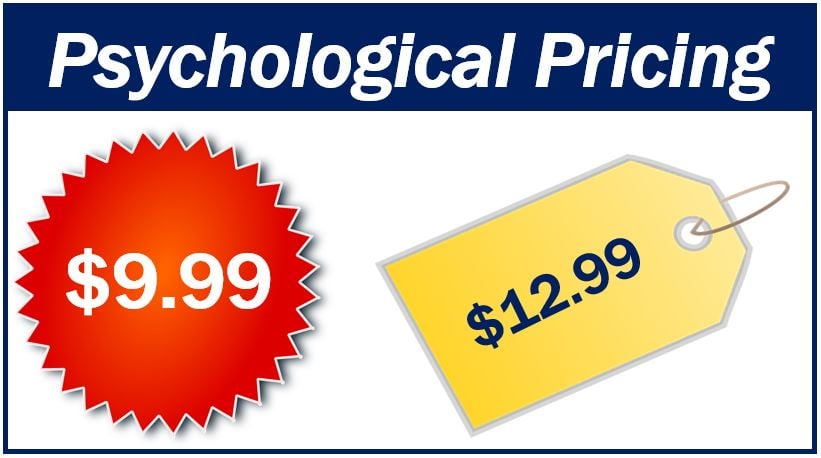
Source: Market Business News
"Techniques like charm pricing ($9.99 instead of $10) can influence buying decisions," explains Cathy, Sales Manager at HVACPros. "Bundling products can also make customers perceive greater value." Cathy applied these techniques in a successful seasonal campaign.
Implementing psychological pricing involves:
Charm Pricing: Utilize pricing tactics like charm pricing to influence consumer perception and encourage purchases.
Product Bundling: Bundle complementary HVAC products or services to create perceived value and incentivize purchases.
Price Anchoring: Introduce higher-priced items to make other offerings seem more affordable in comparison.
Scarcity and Urgency: Create a sense of urgency or scarcity with limited-time promotions to prompt immediate action.
Social Proof: Incorporate social proof elements like testimonials to enhance perceived value and influence purchasing decisions.
By incorporating these strategies, you can effectively influence customer behaviour and drive sales for your HVAC business.
6) Offer Tiered Pricing
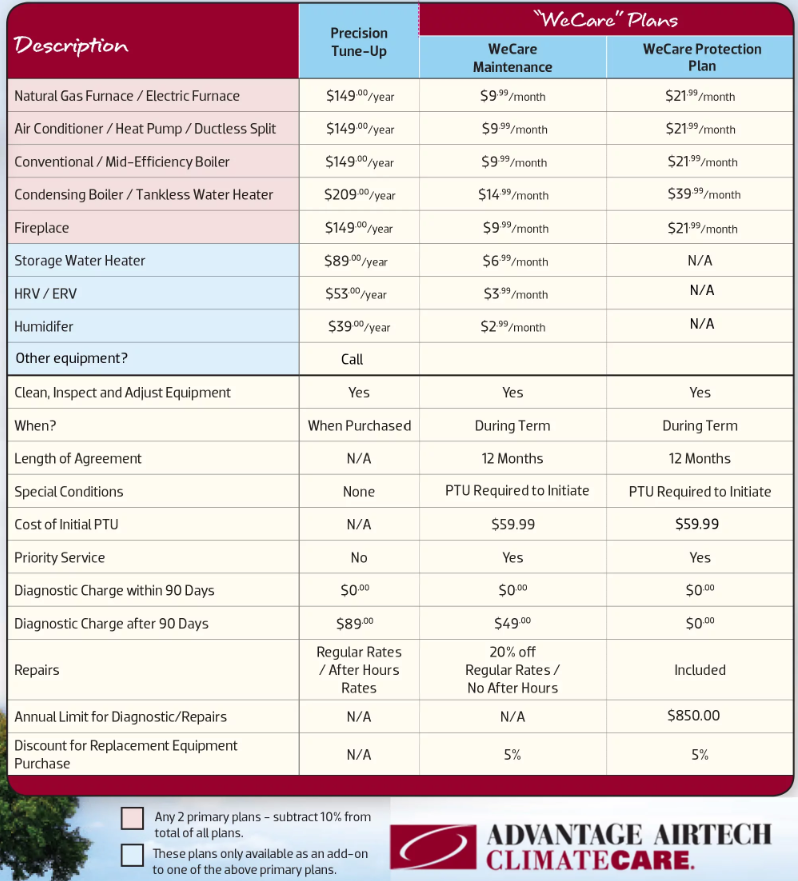
Source: Advantage Air Tech
"Provide multiple pricing tiers to cater to different budgets," suggests Madison Clark, Head of Content at BaddieHub. "This strategy maximizes reach and revenue by appealing to various customer segments." Madison’s tiered pricing strategy attracted diverse customer groups, offering options tailored to their specific needs and financial capacities.
Implementing tiered pricing involves:
Catering to Different Budgets: Offer multiple pricing options to accommodate various customer budgets and preferences. By providing flexibility in pricing, you can attract customers who may be hesitant to commit to higher-priced options.
Maximizing Reach and Revenue: By providing options at different price points, you can appeal to a broader range of customer segments. This not only increases your potential customer base but also maximizes revenue by capturing sales from customers across different income levels.
Enhancing Customer Satisfaction: Offering tiered pricing demonstrates that you understand and value your customers' diverse needs. This can lead to increased customer satisfaction and loyalty as customers appreciate the ability to choose a pricing option that best fits their requirements.
Tailoring Offerings: Madison’s tiered pricing strategy successfully attracted a diverse customer base by offering options that suited their individual needs and financial capabilities. By tailoring your offerings to different customer segments, you can increase the likelihood of conversion and long-term customer relationships.
By adopting tiered pricing, you can enhance customer satisfaction, increase revenue, and strengthen your position in the HVAC market by appealing to a broader range of customers.
7) Monitor and Adjust Prices
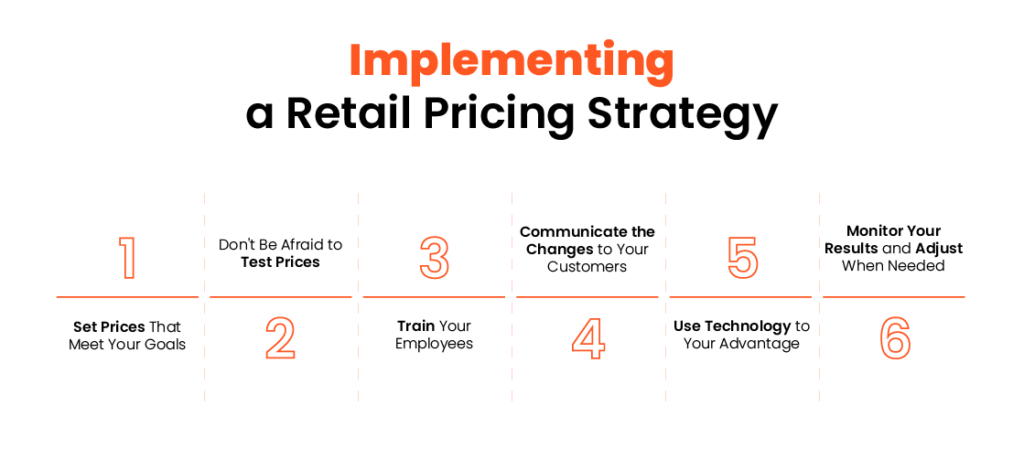
Source: 42 Signals
"Regularly review your pricing strategy," advises Eric, Founder at Star Media. "Adjust based on market conditions, competitor actions, and customer feedback to stay competitive." Eric uses dynamic pricing software to stay responsive.
To effectively monitor and adjust prices:
Regular Review: Continuously evaluate your pricing strategy to ensure it remains aligned with market dynamics, competitor actions, and customer preferences. Regular reviews allow you to identify areas for improvement and adaptation.
Market Conditions: Stay informed about changes in the market landscape, including shifts in demand, supply, and economic factors. Adjust pricing accordingly to maintain competitiveness and maximize profitability.
Competitor Actions: Keep a close eye on your competitors' pricing strategies and adjust your prices accordingly. This may involve matching or undercutting competitor prices to remain competitive in the market.
Customer Feedback: Listen to customer feedback and adjust prices based on their perceptions and preferences. This ensures that your pricing strategy resonates with your target audience and meets their expectations.
Utilize Dynamic Pricing Software: Consider using dynamic pricing software to automate price adjustments based on real-time data and market trends. This enables you to stay responsive and competitive in a rapidly changing market environment.
By actively monitoring and adjusting prices, you can maintain competitiveness, optimize revenue, and ensure customer satisfaction for your HVAC business.
8) Use Discounts Wisely

Source: Reliance
"Discounts should be strategic to avoid devaluing your brand," explains Avery Jordan, Content Innovation Lead at SnapchatPlanet. "Limited-time offers and loyalty programs can boost sales without hurting margins." Avery’s holiday promotions significantly increased sales.
To use discounts effectively:
Strategic Discounting: Implement discounts strategically to avoid devaluing your brand and maintain perceived value among customers.
Limited-Time Offers: Offer discounts for a limited time to create a sense of urgency and encourage immediate purchases, boosting sales without negatively impacting margins.
Loyalty Programs: Implement loyalty programs to reward repeat customers and incentivize future purchases, fostering customer loyalty and increasing sales over time.
By leveraging discounts wisely, you can increase sales and customer loyalty without compromising your brand's value or profit margins.
9) Communicate Pricing Clearly
"Transparency builds trust," says Valentina, Marketing Director at AirSolutions. "Clearly explain your pricing and the value it provides to help customers feel confident in their purchase decisions." Valentina’s transparent pricing model improved customer trust.
To communicate pricing effectively:
Transparency Builds Trust: Clearly explain your pricing structure and the value it offers to customers, fostering trust and confidence in their purchase decisions.
Highlight Value: Clearly articulate the benefits and value proposition of your products or services alongside pricing information to demonstrate their worth to customers.
Improved Customer Trust: Valentina’s transparent pricing model resulted in improved customer trust, enhancing overall satisfaction and loyalty.
By communicating pricing clearly, you can build trust with customers, increase transparency, and improve overall satisfaction with your HVAC business.
10) Conclusion
Mastering pricing strategies is essential for maximizing profits and sustaining growth. By understanding costs, conducting thorough market research, and leveraging value-based and psychological pricing techniques, small business owners can set competitive and profitable prices. Offering tiered pricing, regularly adjusting prices, using strategic discounts, and maintaining clear communication about pricing can further enhance profitability and customer trust.
By adopting these expert strategies, small businesses can navigate the complexities of pricing, leading to long-term success and a stronger market position. The right pricing strategy not only attracts customers but also ensures the financial health and sustainability of the business.
